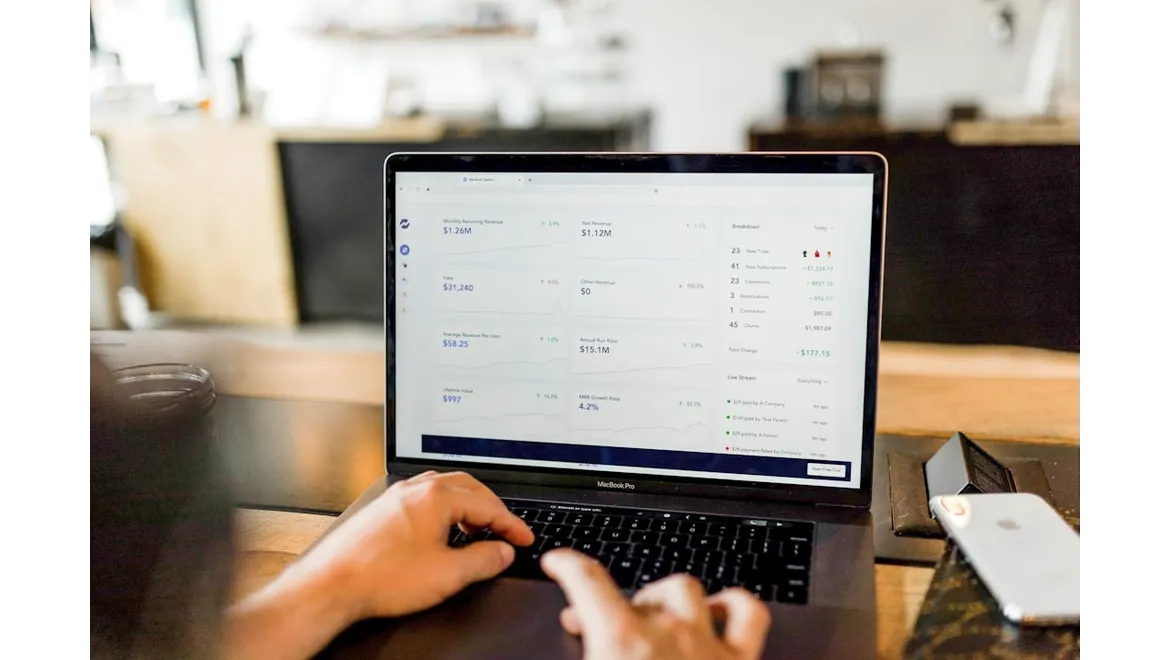As someone who has always been fascinated by the power of social media influencers, I decided to dive deep into analysing influencer metrics to maximise ROI for a recent campaign. If you’ve ever wondered how to leverage influencer partnerships effectively, let me take you through my journey, step by step, so you can replicate the process and achieve great results.
Understanding the Basics
The first step in my journey was understanding what metrics really matter. It’s easy to get lost in the sea of likes and followers, but the true value lies in engagement rates, click-through rates (CTR), and conversions. These metrics provide a clearer picture of how an influencer’s audience interacts with their content, and more importantly, how likely they are to take action.
Setting Clear Objectives
Before diving into the data, I made sure to set clear objectives for the campaign. This involved defining what success would look like. Was it brand awareness, website traffic, or direct sales? In my case, the primary goal was to drive traffic to an e-commerce site and increase sales. Having this clarity helped guide my analysis and ensured that I was looking at the right metrics.
Selecting the Right Influencers
Choosing the right influencers is critical. I started by making a list of potential influencers who aligned with the brand’s values and target audience. To narrow down the list, I used tools like HypeAuditor and Social Blade, which provided detailed analytics on each influencer’s performance. I paid close attention to their engagement rates, audience demographics, and previous collaborations to ensure they were a good fit.
Analysing Engagement Rates
Engagement rate is a key indicator of how actively an influencer’s audience interacts with their content. I calculated this by dividing the total number of likes and comments by the number of followers, then multiplying by 100 to get a percentage. A higher engagement rate generally means a more dedicated and interested audience. For instance, an influencer with a smaller following but a higher engagement rate can sometimes be more valuable than one with a larger, less engaged audience.
Monitoring Click-Through Rates (CTR)
Next, I focused on the click-through rates. CTR is crucial if your goal is to drive traffic to a website. I asked the influencers to use trackable links in their bio or swipe-up stories, which allowed me to measure the exact number of clicks generated by their posts. Tools like Bitly and Google Analytics were instrumental in tracking these metrics. A higher CTR indicated that the influencer’s audience was not only engaged but also willing to take action.
Evaluating Conversions
Ultimately, conversions are what drive ROI. By setting up conversion tracking in Google Analytics, I could see exactly how many people who clicked through to the website ended up making a purchase. This step was critical in understanding the actual monetary value each influencer brought to the campaign. For example, if an influencer generated a high CTR but low conversions, it suggested that while their audience was curious, they weren’t necessarily buyers.
Calculating ROI
To calculate the ROI, I compared the revenue generated from the campaign to the total cost of the influencer partnerships. The formula I used was:
ROI = (Revenue – Cost) / Cost * 100
This calculation helped determine which influencers provided the best return on investment. For instance, if an influencer cost £500 and generated £2000 in sales, the ROI would be 300%. This made it clear which partnerships were worth continuing and which ones were not.
Continuous Optimisation
Throughout the campaign, I continuously monitored the metrics and adjusted strategies as needed. If an influencer wasn’t performing as expected, I communicated with them to tweak the content or posting times. This iterative process ensured that we maximised the potential of each influencer partnership.
Drawing It All Together
This journey taught me the importance of diving deep into the metrics and continuously adapting strategies based on the data. By focusing on engagement rates, CTR, and conversions, I was able to select the right influencers and maximise ROI effectively. Remember, it’s not just about the number of followers; it’s about how engaged and actionable that audience is. With these insights, you can confidently navigate the influencer landscape and achieve impressive results for your next campaign.











